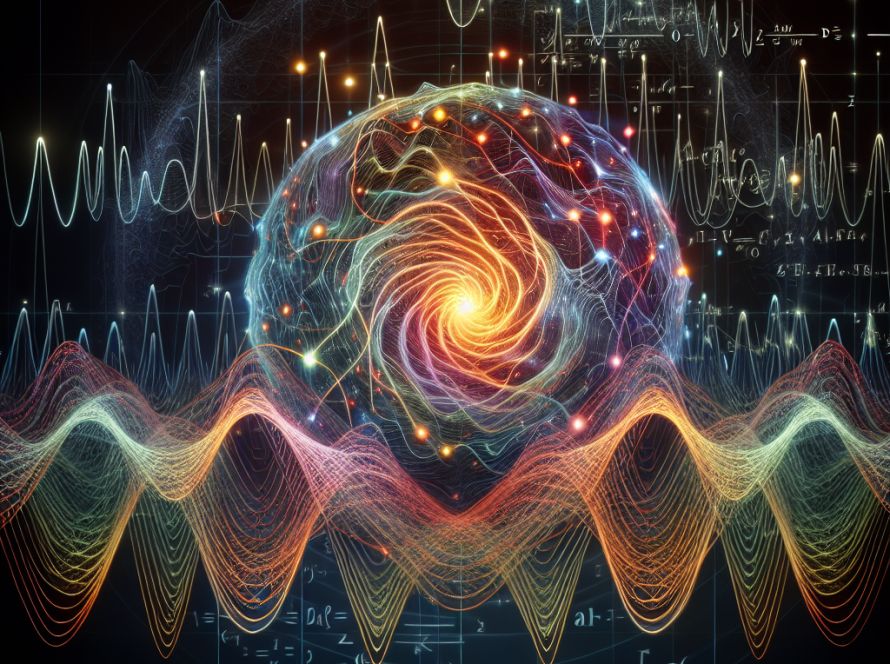Artificial intelligence (AI), machine learning, and statistics are constantly advancing, pushing the limits of machine capabilities in learning and predicting. However, validation of emerging AI methods relies heavily on the availability of high-quality, real-world data. This is problematic as many researchers utilize simulated datasets, which often fail to completely represent the intricacies of natural situations. This leads to a disparity between AI models’ effectiveness when applied in controlled laboratory scenarios versus in real-world applications.
A major challenge facing AI is the reliance on synthetic data, which cannot accurately replicate the unpredictable nature of actual systems. Most AI models are developed and tested in ideal circumstances or with datasets that are too simple, rendering them ineffective when confronted with genuine variables and conditions.
A team of statisticians at ETH Zurich offered a pioneering solution known as causal chambers. These devices are controlled environments that can influence and measure different physical phenomena, permitting the production of a range of data types such as time series and image data. These chambers also provide a solid basis for validating AI techniques by creating an environment that effectively tests the reliability and applicability of AI models.
The utility of these causal chambers is evident across different AI fields. In the realm of causal discovery, they enable researchers to carry out meticulous interventions and observe the results, thereby empirically confirming the causal models generated by AI systems. In tasks related to symbolic regression, the chambers aid in uncovering underlying mathematical relationships in the data, akin to the discovery of natural laws.
These chambers have proven essential in enhancing AI techniques like out-of-distribution generalization, change point detection, and independent component analysis. For instance, the chambers succeeded in simulating scenarios to test algorithms predicting changes in light intensity based on diverse sensor inputs and adjustments.
The study underscores the need for real-world datasets in validating AI methods. The causal chambers offer an innovative solution to this challenge by creating diverse datasets through the manipulation of physical phenomena. These devices bridge the theoretical and practical aspects of AI, demonstrating successful validations in various AI sectors such as causal discovery and symbolic regression. The use of causal chambers paves the way for more robust and applicable AI techniques, providing a new standard in empirical examination in machine learning and statistics.
The success of this research demonstrates the critical role of real-world data in validating AI methodologies and underscores the power of dynamic testing environments like the causal chambers. These chambers have effectively addressed a significant challenge in AI research and development, illustrating how test environments that manipulate variables of physical phenomena can produce rich and diverse data sets that raise the bar for empirical validation of AI models and methods. As a result, they set a promising precedent for future explorations in AI research.


